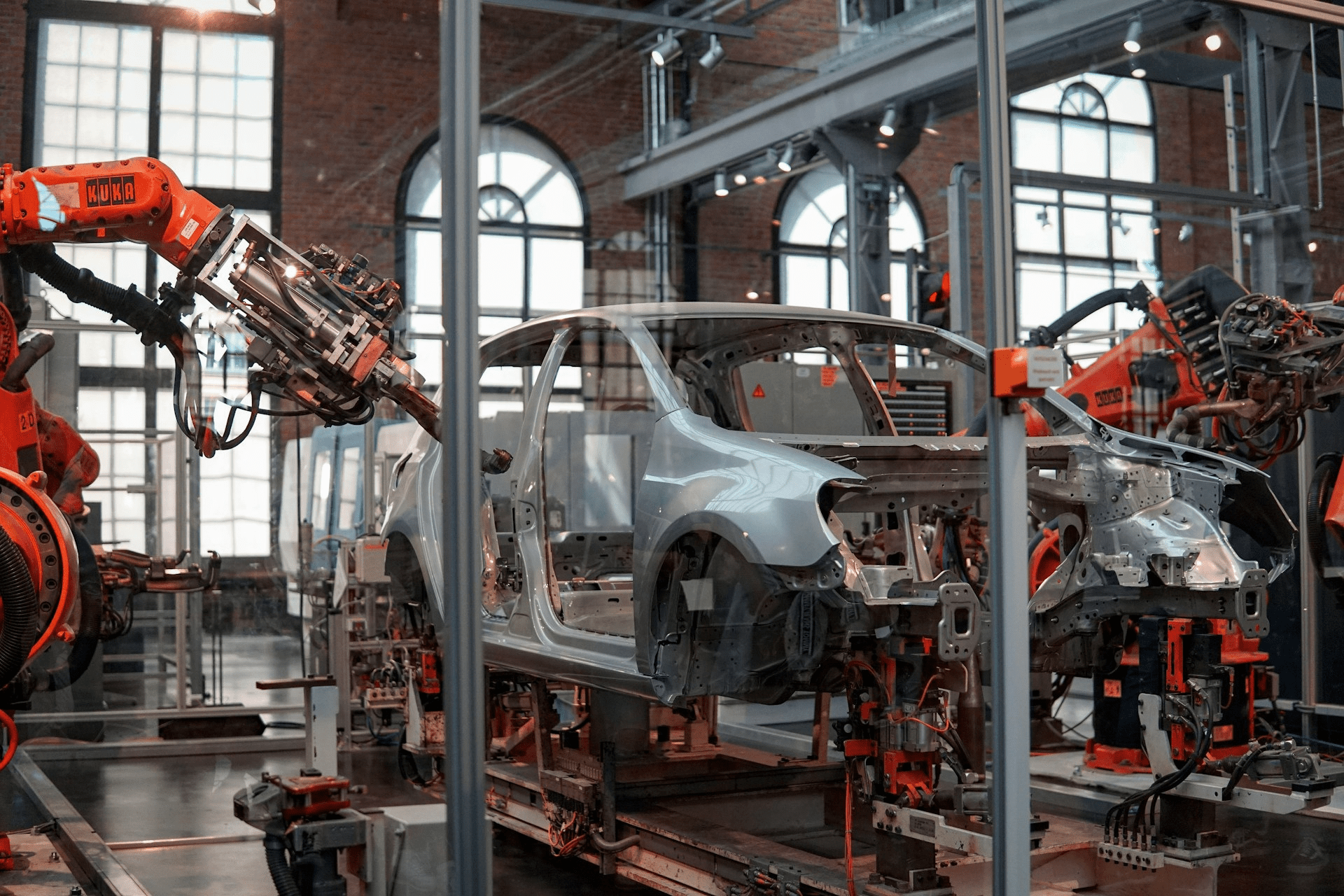The Future of Manufacturing Operations: Trends and Technologies

The manufacturing industry has gone through a period of turmoil over the last few years, with plenty of ups and downs. Ongoing supply chain issues and talent shortages have continued to impact manufacturers.
However, new laws like the Inflation Reduction Act (IRA) and the Creating Helpful Incentives to Produce Semiconductors (CHIPS) and Science Act have helped give American manufacturing financial boosts.
To ensure continued success, savvy manufacturers are embracing emerging technologies and focusing on digital transformation. Integrating new tools and techniques into manufacturing operations could help streamline processes across entire organizations and raise manufacturing firms’ bottom lines.
Industry 4.0 and Its Impact on Manufacturing Operations
Industry 4.0, also known as the fourth industrial revolution, is happening all around us. It’s the transformation of existing business processes via the addition of data analytics, AI, connected devices, and improved robotics amongst other disruptive technologies.
For manufacturers, additional connectivity and the ability to parse Big Data have multiple effects. Firms can ensure business continuity with proactive maintenance. Assessing vulnerabilities helps prevent cyberattacks that could bring production to a halt. Since 2022 and the rise of digital transformation, 83% of manufacturers have seen increases in revenue, suggesting that embracing Industry 4.0 is the key to continuous growth.
Internet of Things (IoT)
One improvement many manufacturers have integrated is IoT. IoT refers to any device that connects to the internet in order to transfer data. In manufacturing, this may include:
- Sensors that report on maintenance needs
- Temperature and humidity sensors
- Location trackers on materials and goods
- Defection detectors
- Audit and safety checkpoints
These sensors and trackers help ensure compliance with a range of regulations. They also improve quality control and help cut down on over-purchasing materials by ensuring manufacturing operations leaders have accurate inventories. Research shows that IoT devices in manufacturing facilities cut excess inventory by up to 90%.
Artificial Intelligence (AI) and Machine Learning (ML)
IoT devices are often connected to data analytics software designed to create alerts and actionable insights. AI and ML are core aspects of these applications, automating many of the tasks previously done manually or using non-connected software. Machine learning algorithms sort through data fast, helping create alerts that show when equipment needs to come offline for maintenance or linking to cooling systems to automatically regulate the temperature within a sensitive facility.
As of April 2024, at least 35% of manufacturers are utilizing AI for increased productivity and enhanced factory operations. The primary obstacle to AI adoption is a deficit in the required skills, making recruitment of AI experts in manufacturing a top priority.
Robotics
When we talk about AI and automation, we can’t help but touch on robots, particularly on the assembly line. Robots have been a part of manufacturing for decades. In fact, the earliest example of “numerically controlled” machines dates back to 1937. Today’s robots are a far cry from the block-stacking, Meccano-building innovations of the past. Robots can work until they require maintenance, handle dangerous tasks without putting employees at risk, and increase a manufacturer’s output.
Some robots now work in tandem with human employees. Autonomous mobile robots (AMRs) use a combination of pre-programmed data and AI to navigate warehouses or factory floors. They can pick, sort, and place various objects, fetching things while the human expert concentrates on more complex tasks.
Additive Manufacturing
Robots automate relatively simple tasks. Additive manufacturing, conversely, is the automation of fairly complex manufacturing creative processes. A part, component, or even a finished item can be created by adding layer upon layer of the appropriate material. A prime example of additive manufacturing is 3D printing. While home 3D printers create small items, sometimes incredibly complex, industrial 3D printers can handle parts for the construction, automotive, and even aerospace industries.
The range of materials used in additive manufacturing is surprising. In 2021, a stainless steel pedestrian bridge was opened in the Dutch city of Amsterdam. The entire project was built using additive manufacturing and 3D printing steel rods, assembling them by providing robotic arms with welding augmentations.
Leaders in manufacturing operations can stay ahead of the curve by investing in adopting emerging technologies. To keep your workforce on the cutting edge of innovation, work with a recruitment partner with an innate knowledge of the manufacturing industry and its challenges.

